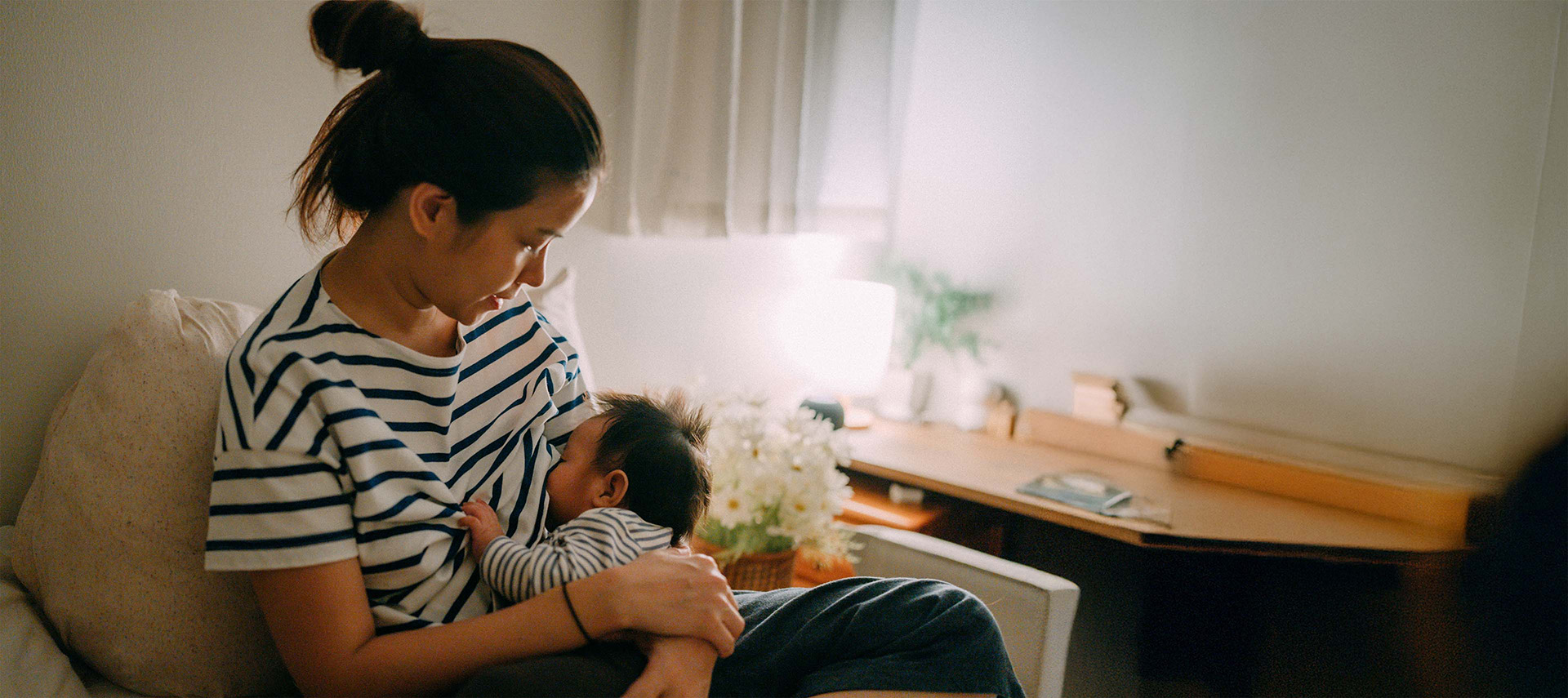
Sore, painful nipples are a common problem with early breastfeeding. This can happen to moms if their baby has a strong suck or if they’re not getting a good latch, but usually improves with practice or help.

Your nipple should be round when it goes into your baby’s mouth, and you should make sure it is not a different color or shape when it comes out. Always break your baby’s suction with your finger when they are coming off the breast.
Washing lanolin off nipples is not needed.
You may see blood from your cracked nipples in your baby’s stool, but this does not hurt your baby.
Tea bags, a common folk remedy, are NOT recommended for sore nipples because the tannic acid in tea is an astringent and can cause drying and cracking, making the problem worse.

Sore nipples can make breastfeeding hard, but you’re not alone—and help is available. With a good latch, some gentle care, and support from your healthcare provider or WIC, things can get better. Every feeding is a chance to heal and learn together with your baby. Be kind to yourself—you’re doing something amazing!
Adapted from Breastfeeding Telephone Triage and Advice 5th edition© Maya Bunik MD MPH
Author: Dr. Maya Bunik, MD, MPH
Side-Lying Hold
This hold is useful when:
Cross-Cradle Hold
This hold is useful when:
Clutch or “Football” Hold
This hold is useful when:
Cradle Hold
This hold is useful when:
Laid-Back Hold
This hold is useful when: